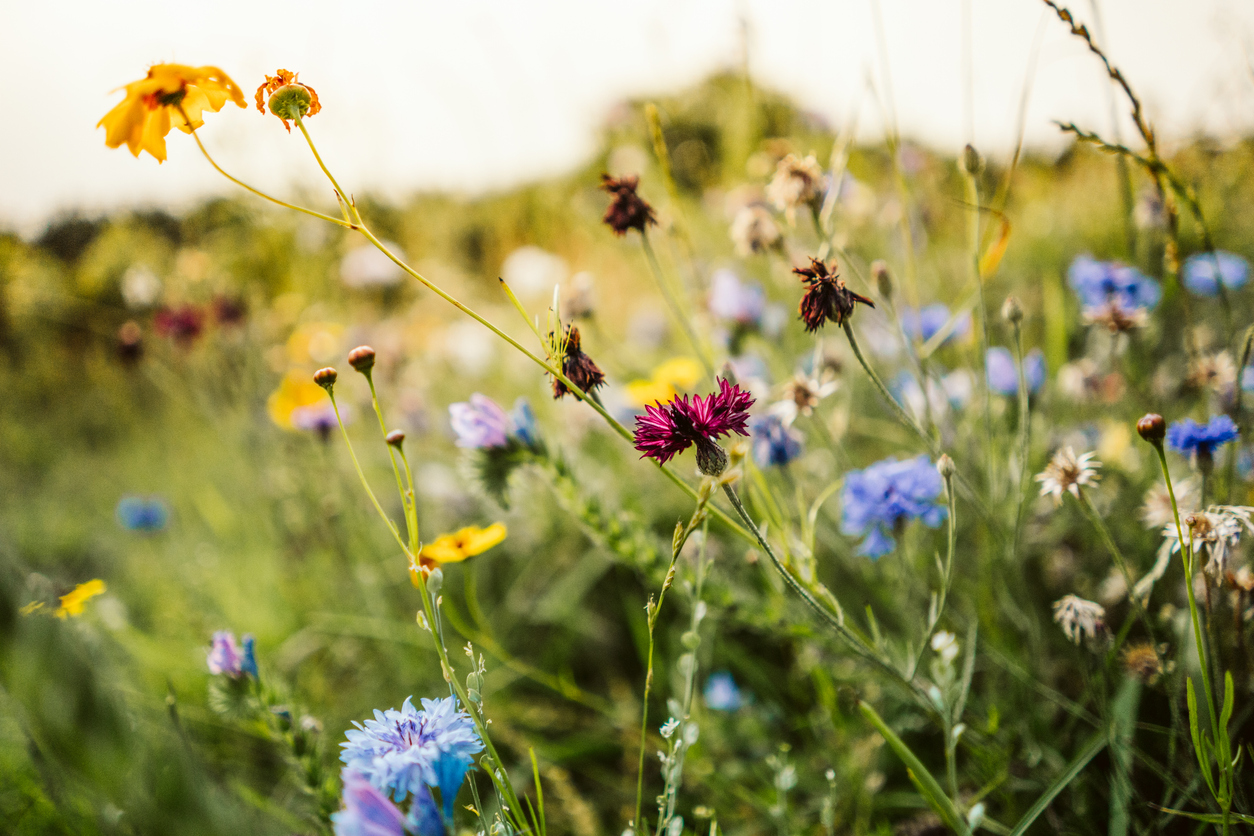We use cookies to make your experience better. To comply with the new e-Privacy directive, we need to ask for your consent to set the cookies. Learn more.
How to help Bees

There is no getting around it; bees in the UK are in trouble. This is, of course, a global issue, yet by taking steps to help these important pollinators, we could stem the dramatic decline in their numbers that has been seen in recent decades.
So what are the reasons for the current bee crisis and how can you help to support them in your own garden?
Bee population plummeting
Bees add so much value to the ecosystem, not just in terms of the honey they produce but also the tireless work they do to help plants of all kinds reproduce. In spite of this, Britain’s bee population has experienced a dramatic decline over the last 10 years, shrinking by around a third according to official estimates.
Across Europe, extinction is knocking at the door of around a quarter of all bumblebee species and unless action is taken soon, this will only get worse.
Potential explanations
As you might expect with a problem this complex, there is no single answer to the question as to why bees are in peril at the moment. Firstly, climate change is seen as a culprit, since these insects are susceptible to adverse reactions in the context of minute changes to temperatures and weather patterns in the areas they inhabit.
Secondly, the destruction of their natural habitats by the expansion of human communities is leaving them fewer places to find respite.
Thirdly, the farming methods now in widespread use, tend to focus on a single crop and do away with many of the plants which bees favour, thereby creating food supply shortages.
Finally the emergence of colony collapse disorder (CCD) has been singled out as a major issue. This is thought to be attributable to the use of certain pesticides that spur worker bees to desert their colonies rather than staying around to play their part.
Lending a hand
Anyone with a garden or access to an outdoor space at home can make changes that will provide some degree of respite for the bee population and, hopefully, assist in minimising any further reduction in the population.
Firstly, you can save yourself some hard work while also aiding bees if you allow your lawn to sprout into a wildflower meadow, rather than cutting it back on a regular basis. If you have a large enough lawn area, you can section off just part of it for this purpose, allowing bee-friendly flowers to grow while still keeping it looking good.
If you want to actively plant flowers that are attractive to bees, your best bet is to go for as much variety as possible. From crocuses and roses to foxgloves and daffodils, the broader the selection of flowers available, the greater the advantages for the local bee population.
Another important step is to make sure that there is a source of water for bees to drink from. This can be a simple dish left out in the garden, or a pond where other wildlife can flourish as well.
A bee hotel is a good investment since most bee species are solitary and do not dwell in hives. If you have a bird box, this may be chosen as a home by certain hive-building species. Most importantly, try not to disturb any bees you find.
Once your own garden is bee-friendly, why not take the next step and encourage friends and family to make similar changes? You could even contact your local authority to request that public areas are given similar treatment.
